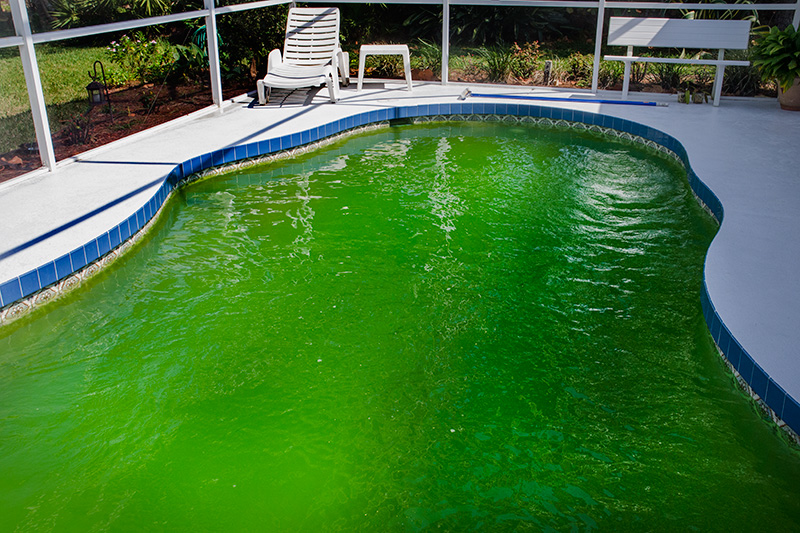
Pool and billiards can be played in many ways, but they have some key differences. First, they use different table sizes. Billiards tables can be larger than pool tables. Additionally, they use larger balls. Billiards cues can also be thicker or shorter than pool cues.
Carom billiards does not require you to have a bank account
Carom-billiards are unlike pocket billiards in the fact that they have no pockets for holding the balls. They use three balls rather than the usual four. The cue is used to aim the balls at certain points. These games require considerable skill and ingenuity. Each player gets three turns. Each player has three chances to earn 500 points. However, the highest score recorded is 427.
Carom billiards has one goal: to score as many points before your opponent as possible, and to do this within a given time period. Every successful shot is worth one point and there are no penalties for missing. Aramith Carom Balls can be used to play artistic billiards.
Only 3 balls are used
Both pool and billiards can be considered variations on the carom game. Both games employ three balls, a caromball and a redball. In carom billiards, the red ball is called the cue ball. The yellow and brown balls are the other balls. Both games can be played at pool tables measuring five by ten feet.

Billiards is played on a five-by-10-foot, pocketless table that has three balls. In three-cushion, the cueball is marked on one end with a small black dot. The object ball is the red ball. The object of the game is scoring as many points as possible.
Snooker cloth features a distinct directional nap
Snooker cloth has a distinct directional nap that affects the trajectory of the ball. It is made entirely of wool and is thick. This is different from carom cloth, which is usually worsted and made for speed. Both types are different and serve different purposes.
It is easiest to see the difference in direction when you are moving slowly towards the middle. If the ball is played dead weight, it will tend to fall into the side cushion. To prevent this, aim your shot towards either the far or inside jaw of the middle pouch.
Modern billiards cues
Modern billiards cues are distinctly different from pool cues in several ways. They are made from different materials, and the internal male and female connection points are almost always made from steel or brass. These materials are resistant to temperature fluctuations and shrink less than other material. Not only are the cue materials high-quality, but many cues also have silver inlays and precious stones.
Billiards evolved out of stick and ball outdoor games. The game is also called "ground pool" and is similar to modern games, such as golf, croquet or hockey. Despite the similarities, modern billiards cues are designed for different purposes.

History of billiards
Billiards and pool date back to the 14th century when ground-billiards were invented. The origin of the word 'billiards' is unclear, but two French words are suspected of being the source. The first is billette, which refers the mace stick that's used to banish balls. While the second is bille, which is the French word for tail, it is believed to be billette. Frenchmen were also involved in the game's development, along with the English-language creators.
In the early eighteenth century, billiards and pool became popular in England and Europe. King Henry VIII, Edward VI and the Archbishop of Glasgow both attended events that featured games of pool, and Cardinal Thomas Wosley, a friend of the king, wrote a letter praising the game. In the 17th century, billiards was considered a noble game, with French kings and noblemen commissioning joiners to construct their billiard tables. The game has evolved significantly over the years, with the role played by pockets changing with the times.